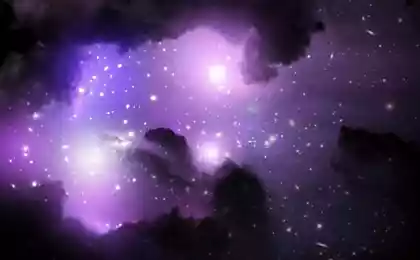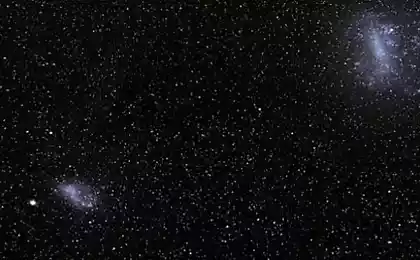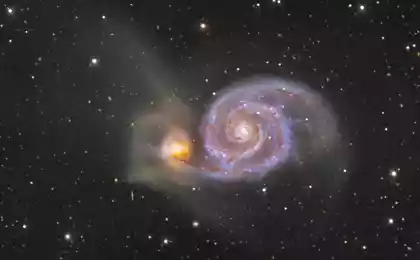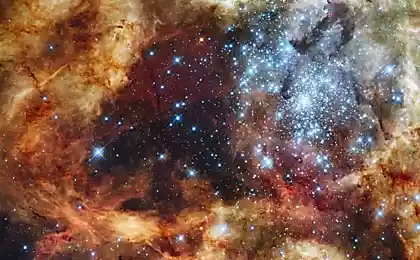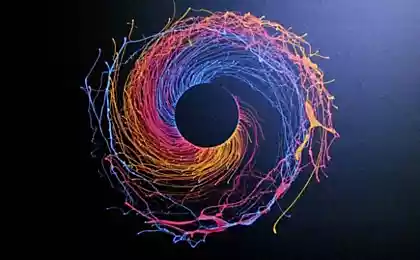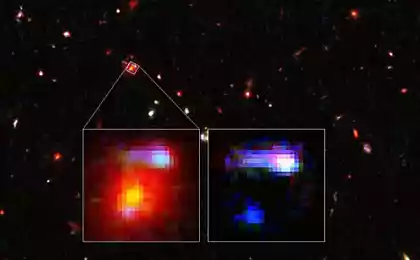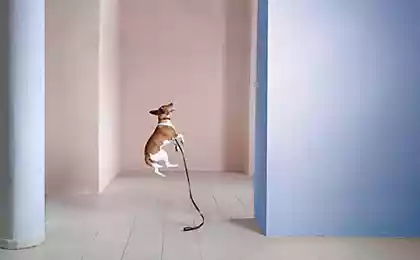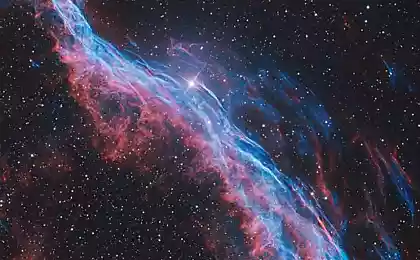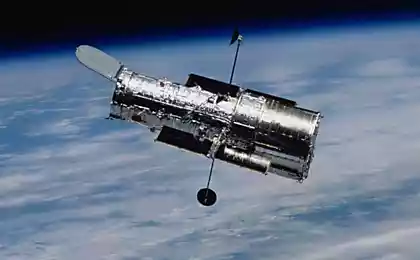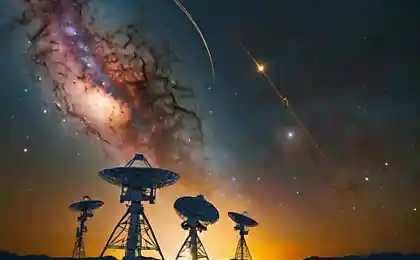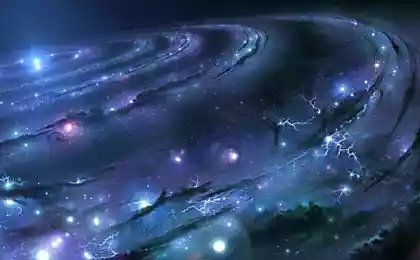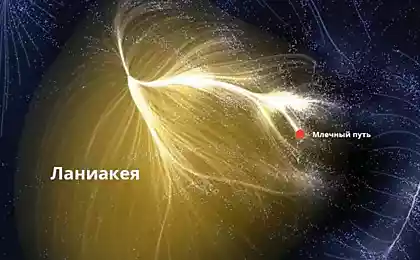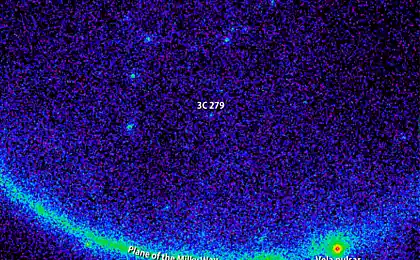1119
The most "dark" galaxies

Correct the error helped spectroscopic observations of stars made by the author of the work in DEIMOS spectrograph on the Keck II. The main purpose of the study were 112 bodies, lying within a radius of 67 pc from the center Segue 1.
Combining these data with the results of photometry, astronomers have identified about 70 stars, which is likely to belong to Segue 1. This group included six red giants with metallicity (content of elements heavier than helium) [Fe / H] -3, -1 to 4 6. The presence of light with [Fe / H] & lt; -3 Disadvantaged heavy elements, and a large scatter in the values of metallicity prove that Segue 1 refers to the galaxies, and can not be a globular cluster.
Information from DEIMOS is also used to measure the speed of a dwarf galaxy of stars and evaluation of the velocity dispersion. The latter value allows to calculate the mass enclosed in the area, which is limited effective radius - the radius of the sphere, giving half of the total luminosity Segue 1. As it turned out, in our case is equal to the mass of 5, 8 (8, 2, 3, 1) • 105 solar and the ratio of the mass-to-luminosity standard photometric band V, expressed in solar units, is about 3 400. Such a high ratio of astronomers has never recorded.
Since the stellar mass of a dwarf galaxy is estimated at only 1,000 solar density of dark matter in its central region, which is equal to 2, 5 (4, 1, 1, 9) solar masses per cubic parsec, also a record. This allows us to consider Segue 1 as a kind of laboratory for the study of dark matter and hope that cosmic gamma-ray telescope "Fermi" still finds traces of its annihilation of particles in the galaxy.
Preliminary results from the probe Dawn
Alfven waves play an important role in the heating of the solar corona
